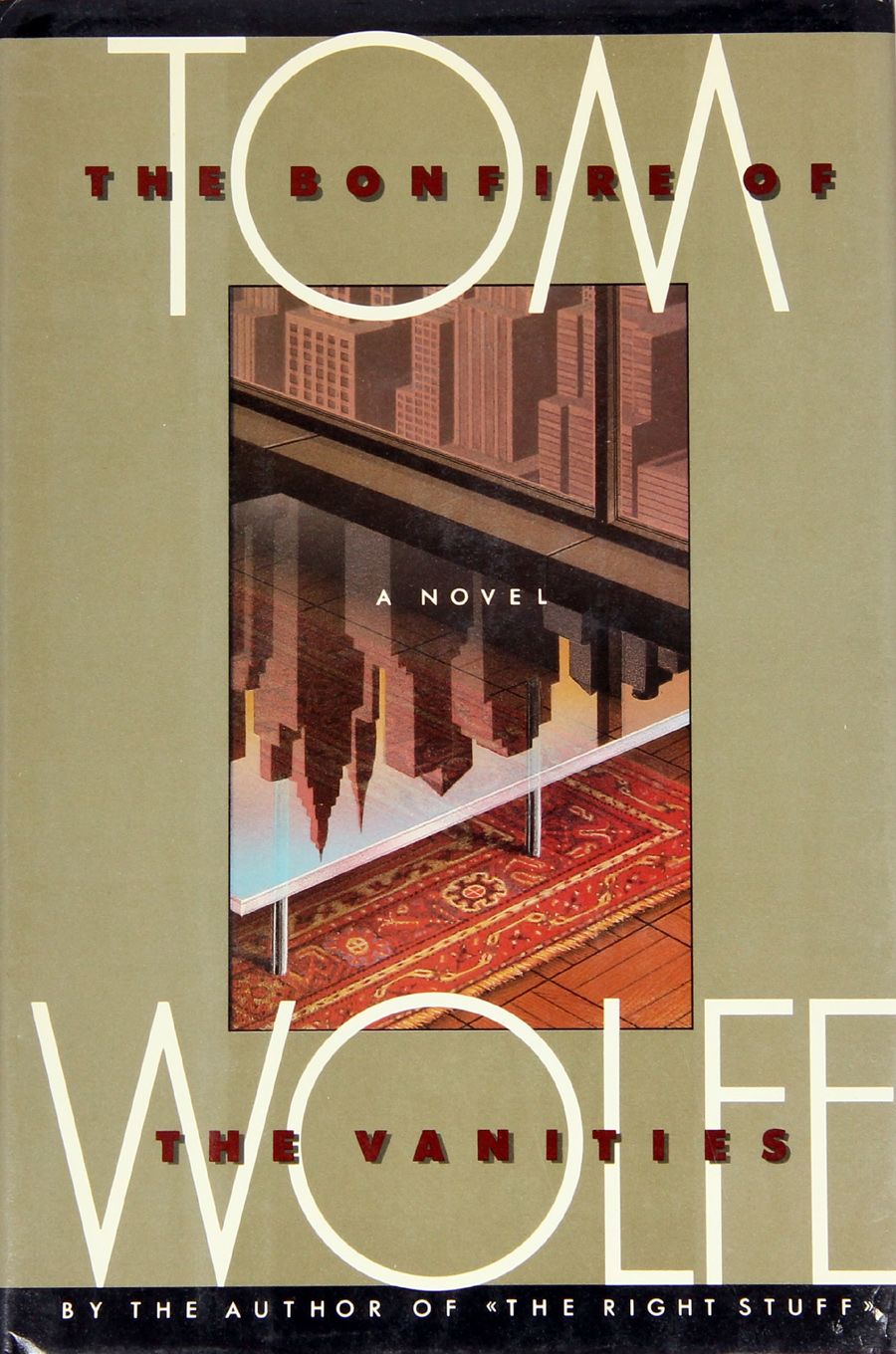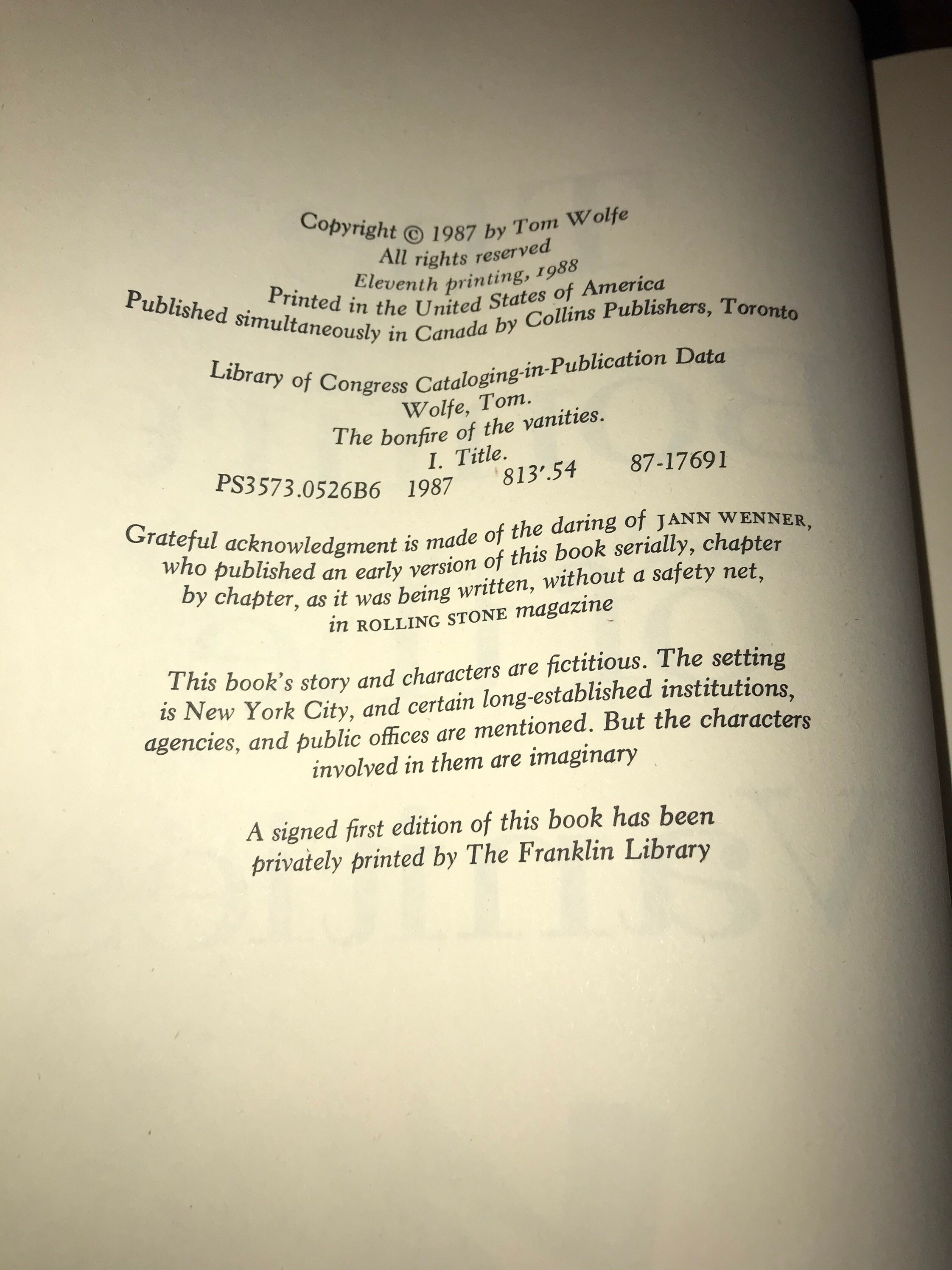

When Roland is shown a picture of Sherman and Judy, he identifies Sherman but says that the woman with Sherman was younger and a "hot ticket." Roland accurately describes Sherman and Maria and says that he heard Maria refer to "Shuh-mun." He says that the white people were scared of him, and the woman got into the driver's seat and drove them both away. The car stopped, and Roland asked the driver for help and told him that his friend was hurt. At first Henry said only his arm was hurt. He recalls that the car was driving along the shoulder when it hit Henry. (Roland, on the other hand, has been arrested three times already and has earned the media tag "The Crack King of Evergreen Avenue," one of DA Weiss' inspirations.) Roland says that as they were crossing Bruckner Boulevard, they saw the Mercedes. The two young men were not friends because Henry was kept at home most of the time by his mother and didn't engage in criminal activities. Kramer notes Roland's athletic physique and street-wise bearing (we walks with the "pimp roll," a swaggar affected by black youth that Larry believes will undermine Roland's credibility as a witness).Īs Roland tells the story, he ran into Henry walking to the Texas Fried Chicken restaurant near Bruckner Boulevard. It has often been called the quintessential novel of the 1980s.Roland Auburn, accompanied by his Legal Aid lawyer, Cecil Hayden, tells Larry Kramer his side of the Henry Lamb story in order to get out of a drug charge.

The novel was a bestseller and a phenomenal success, even in comparison with Wolfe's other books. Wolfe heavily revised it before it was published in book form. The novel was originally conceived as a serial in the style of Charles Dickens' writings: It ran in 27 installments in Rolling Stone starting in 1984. The story is a drama about ambition, racism, social class, politics, and greed in 1980s New York City, and centers on three main characters: WASP bond trader Sherman McCoy, Jewish assistant district attorney Larry Kramer, and British expatriate journalist Peter Fallow. The Bonfire of the Vanities is a 1987 satirical novel by Tom Wolfe. Sleek and compact hardcover in comparison with the behemoth that is the true "First Edition" of this 80's classic.ĭust jacket is excellent, showing some light wear to edges.īook itself is excellent read boards with white spine. The Bonfire of the Vanities by Tom Wolfe FIRST BOOK CLUB PRINTING FARRAR STRAUS GIROUX


 0 kommentar(er)
0 kommentar(er)
